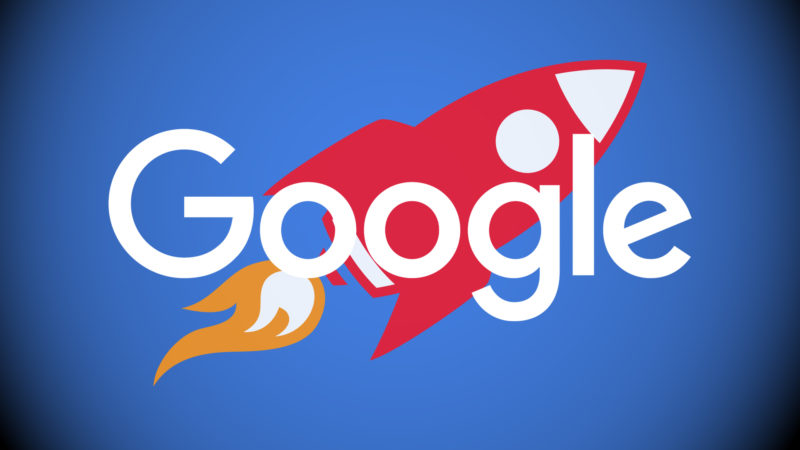Google Offers More Details On Ads In AMP, Set To Launch In Search Next Month
With more than 20 ad tech vendors joining the initiative, publishers should be able to support most ad serving scenarios in fast-loading mobile pages at launch.
Since Google announced that AMP (Accelerated Mobile Pages) would launch in search early this year, publishers have been waiting to find out just how ads would be handled. More details of where things stand were shared by Google’s head of ads Sridhar Ramaswamy at the IAB Leadership Summit and published in a blog post Monday.
AMP pages are set to start serving in search starting in early February. Since ad support was announced last November, Google has been working with ad tech partners to test ad serving scenarios for AMP, including native ads and paywalls.
In the short term, Ramaswamy said, the focus will be on ensuring that standard ad formats and measurement tools function properly in AMP pages. With the February launch, publishers will be able to traffic ads using the ad servers of their choice, retain full control over ad placements, support multiple demand sources and ad formats including native ads and provide viewability measurement.
Additionally, more than 20 ad tech providers that have now joined the initiative to support AMP, such as AOL, AdSense, DoubelClick, Kargo, Moat, OpenX and OutBrain.
The impetus behind AMP is to speed up page load times on mobile and make consuming content on mobile devices more enjoyable — thus providing publishers with better monetization opportunities and better user outcomes for advertisers. Google also reiterated that ad safety is among the key principles guiding AMP. As such, all AMP enabled ad creatives must use HTTPS.
Googe touts open access to third-party technology and vendor relationships as a differentiator for AMP frwhen compared to other mobile content optimization products like Facebook Instant Articles and Apple News (though both also enable publishers to sell ads and keep the revenue). Publishers already testing AMP include Buzzfeed, The Verge, Vox and the Washington Post. Twitter also announced support for AMP at launch, which means that when publishers share AMP enabled pages on Twitter, they’ll load quickly when users click on the links. CMS systems such as WordPress already support AMP publishing.
You can find more about enabling AMP here.
Opinions expressed in this article are those of the guest author and not necessarily MarTech. Staff authors are listed here.
Related stories
